An asset was traditionally something you own which had value or which you could use to derive value. An example of the former would be cash or gold. An example of the latter would be an item of equipment.
We can update this in two important ways:
Assets can be virtual or digital, so we could have something like a skill, a design, a patent or a recording
We don’t necessarily have to own them to derive value from them
Some of the fastest growing and valuable companies do not own the assets they leverage. Uber does not own cars; AirBnB does not own accommodation; YouTube does not own the content it serves.
Virtual assets, such as a design, can be very valuable. We can profit from royalties, copyright, trademarks etc. without necessarily ourselves making the product or delivering the service. Consider the inventor of the crown bottle cap, William Painter, whose company received a royalty on every cap used for several decades!
Digital assets are also profitable. A music track is recorded once, but can be listed on thousands of websites virtually for free, then duplicated, again virtually for free and shipped to consumers, again almost for free. This can occur millions of times, generating substantial revenues while not parting with the original asset.
The best though, is using someone else’s assets to deliver value. Uber, for example, uses the assets of owners (cars), the assets of drivers (skill and time), the global infrastructure of the Internet (funded by advertising, corporates and governments) and the asset of the user (cell phone) to deliver a valuable and desirable service.
In doing business and architecture planning, it is useful to contemplate Asset Leverage.
First list assets. Look for things that you own, things that you know, things that you know how to do. Try to find things in the categories of physical (e.g. property, stock, equipment); monetary (cash, investments, shares, bonds etc.); knowledge/designs/patents (e.g. books, recordings, designs, models); virtual (e.g. skills, customer goodwill) and digital (e.g. recordings, images).
Next think about assets you do not own that you can leverage. Examples include those of Partners (e.g. supplier knowledge, skill, equipment, stock); Customers (e.g. premises, network, computing, cell phone, time); Investors (expertise, connections); Infrastructure (e.g. Internet, public facilities); other Owners of something you need (e.g. Accommodation, Cars, Images, Location data).
Figure out to what extent you are currently leveraging the assets. Look for opportunities to leverage them to a greater extent. A great deal of value can be unlocked this way. You can find the best opportunities by looking for those assets that can generate a lot of value that you can access with relatively little effort or expense.
#businessarchitecture #strategy #businessanalysis #digitaltransformation #assets

